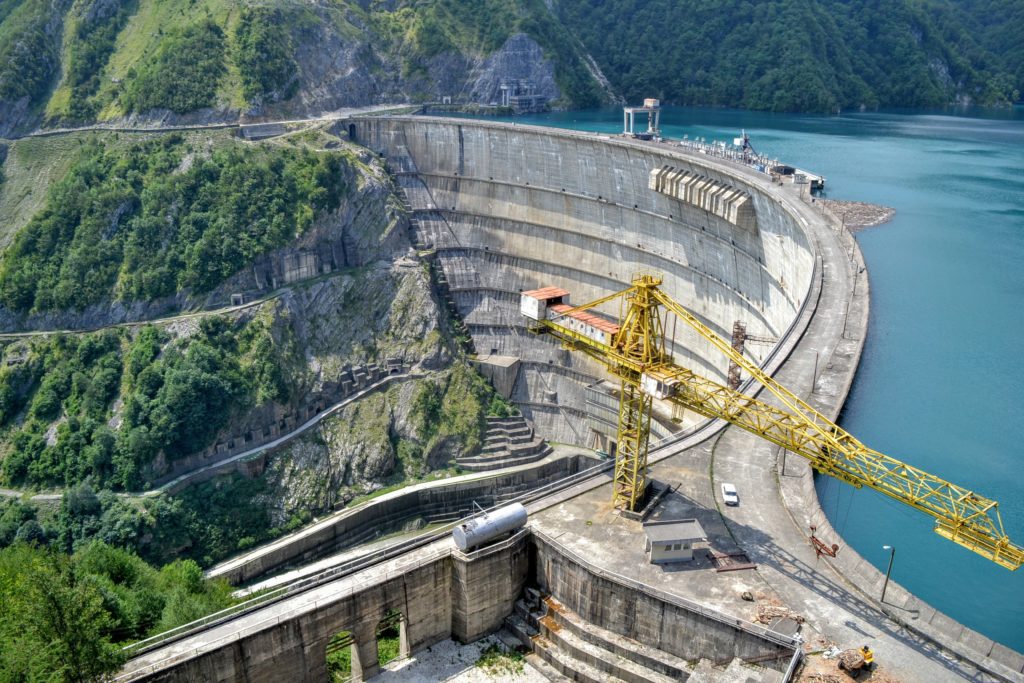Megaprojects, or the $ billion+ equivalent
Nothing has the ability to inspire in equal measure passion or loathing than time immememorial immodest megaprojects. Whether conceived of necessity or vain extravagance, there seems to be no discussion possible without an abundance of superlatives – not all of them laudatory. Yet today’s megaprojects will be remembered more for the utter incompetence in their planning and execution, than for the finished (if ever) product.
At some point in the recent past, the biggest challenge to megaprojects shifted focus from the capacity to overcome engineering obstacles and work encumbrances, to the planning and administrative processes. In other words, it is seldom the case where builders can’t build: it is overly complicated bureaucracies and uncoordinated design efforts that prevent builders from doing so. The circumstance is ubiquitous. It creates an environment of adversity among the project team, and perpetuates a long tarnished record of losing propositions.

-it took a village, and then some. Note the water poured in the sand to make for smooth sailing.
Early megaproject controls could not have been as poorly served up and languid as they are now; else they never would have been built. So long as labor and materials were abundant, there was only a dictator, oligarch, council, or other point of control necessary to usher a project quickly through to shovel readiness, or what we call the preconstruction phase. For better or worse, they dispensed with the endless litanies of planners, designers, consultants, business agents, political activists, and cast of characters comprising today’s bloated bureaucracies.
A handful of major stakeholders controlled the process very closely, and allowed little room for the sort of administrative nonsense that pervades and debilitates today’s marvels. The chief distinction being that at least with the ancients, you know where the buck stopped: today, it’s impossible to say, as impunity seems to be built into the PR planning aspect of the project.
The critical evolution of the modern megaproject and its corollaries is translated to us through past works. Our challenge lies in the search for more objective historical and contextual perspectives, especially in non-extant works. The further back we look, the less (reliable) meaning we will discover, and become more reliant on anecdotal evidence. Regrettably, some of what has been long forgotten can only be stirred awake by inference. Such inference can be no less accurate than Herodotus’ recounting of Ancient Egypt,[ii] which is to say that it would be irresponsible to dismiss his works out of hand, as they provide at least some tenable facts.
My working definition of the characteristics of a modern day megaproject is
That enterprise which differentiates and transmogrifies any otherwise massive, but mundane or garden-variety undertaking, from one as being so disproportionate in scope, scale, and cost, as compared to extant and historical works, and so complicated and unnecessarily cumbersome in its prosecution, that failure becomes a banality before it is shovel-ready.
It would be difficult to distinguish megaprojects by context without apt historical comparisons of the culture or civilization in which they either flourished, or languished. In doing so, the first thing we discover is a relatively clean break from Old-World megaprojects: timeless, opulent, and humanistic – with New World megaprojects: soulless, decadent, hedonistic, unsustainable, and visibly lacking humanistic elements. Nor will their planning ever be described the same, since Shakespeare penned A Comedy of Errors, and more recently, a memorable Clint Eastwood one-liner from scene, in the movie Heartbreak Ridge. As we know too well, only time + budget seem to be the common denominator between early and present day megaprojects.
The Ancient Egyptian built brilliant and precociously innovative megaprojects that necessitated inventions in civil engineering, infrastructure, and the manufacture of stonework funerary complexes. In fact, upon inspection some of the level of expertise in their stonework challenges even today’s technology to reproduce. We can safely call the 5th Dynasty pyramids the worlds’ first great megaproject masterpieces. Surprisingly, the Egyptians weren’t the first megaproject builders: ruins in Goebetlitepe, Turkey, preceded them by six-millennia.
Goebetlitepe, Turkey
[i] deleted
[ii] Herodotus was a great story teller.










